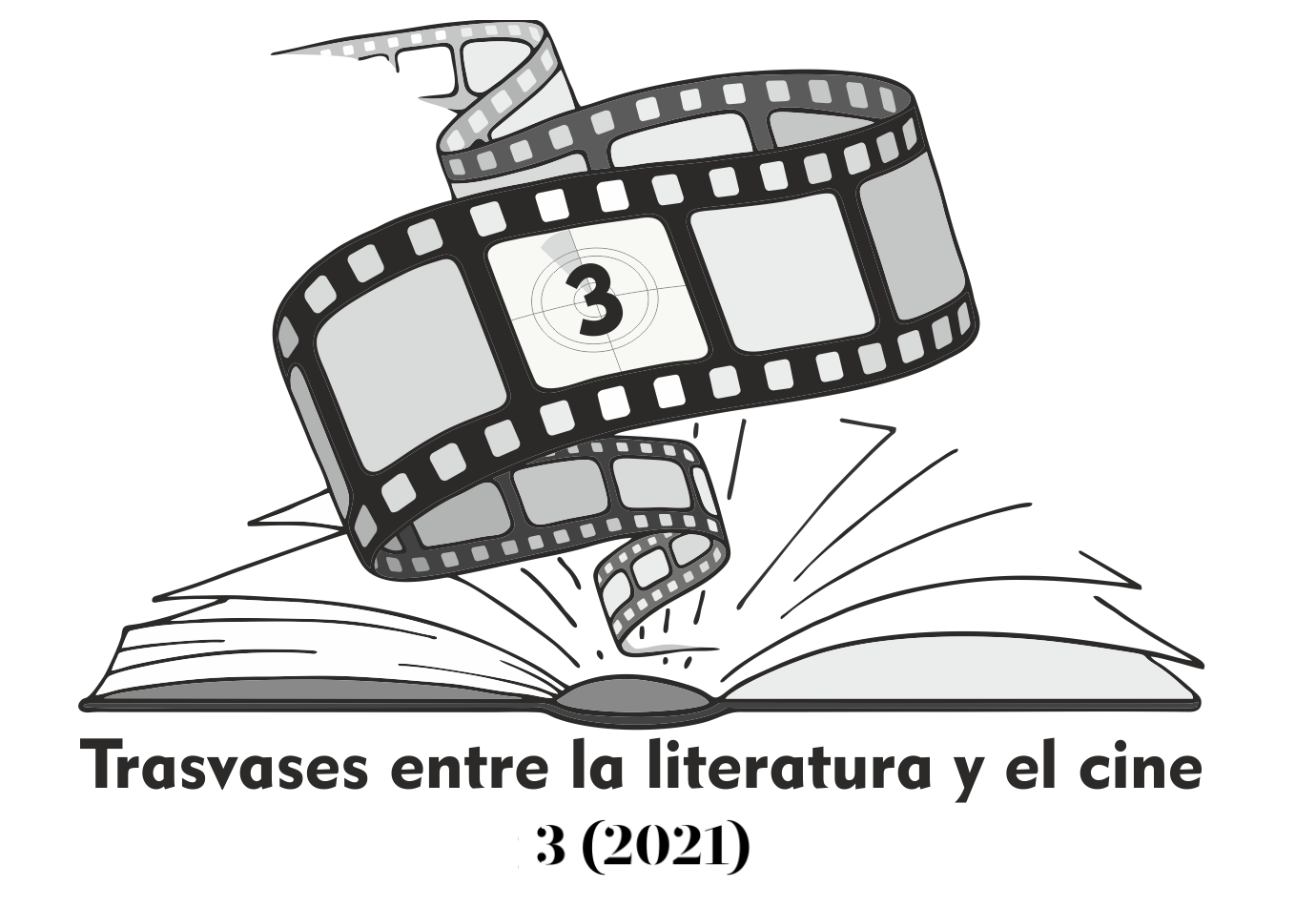The role of the spy and the adaptability of the plot in Our Man in Havana, by Graham Greene
DOI:
https://doi.org/10.24310/Trasvasestlc.vi3.11962Keywords:
adaptation, satire, farce, cold war, spy fiction, Our Man in HavanaAbstract
The novel Our Man in Havana (1958), by Graham Greene, and its adaptations (the 1959 motion picture, directed by Carol Reed; and the 2009 theatrical version, written by Clive Francis) use satire as a means to mock the conventional spy plot in fiction. The analysis of these three works will study the figure of the spy in the novel and how the protagonist, Jim Wormold, is a mobile that emphasizes the historical aspect of Havana in terms of the film adaptation. The analysis of the theatrical representation with respect to the protagonist and the space in which he moves will expose what changes occur at the level of the plot by suppressing important aspects of the historical context. In this way, this analysis will demonstrate how the first two works exhibit different instances that employ satire to make a comment on the faults of English society in terms of espionage and how the periphery perceived it. The third, although circumscribed in the very atmosphere of the Cold War, deliberately dilutes the context to present a fast plot closer to the farce.
Downloads
Metrics
Publication Facts
Reviewer profiles N/A
Author statements
Indexed in
-
—
- Academic society
- N/A
- Publisher
- Universidad de Málaga
References
Our Man in Havana (1959), Dirigida por Carol Reed. Protagonizada por Alec Guiness, Maureen O’Hara, Burl Ives, Ernie Kovacs, etc. Columbia Pictures.
BENZ, Stephen (1988) «GRAHAM GREENE AND CUBA: A COMMITMENT.» Confluencia, vol. 4, no. 1, pp. 109–117, www.jstor.org/stable/27921813.
BRENNAN, G. Michael (2010), «Chapter 6. The Writer in Search of New Directions: 1955-1965». Graham Greene: Fictions, Faith and Authorship. Londres, Continuum Books, 103-119.
CARROLL, Jacob (2009), «Authors of Truth Writers, Liars, and Spies in Our Man in Havana /.» Tesis.Networked Digital Library of Theses.Dissertations. pbidi.unam.mx:8080/login?url=http://search.ebscohost.com/login.aspx?direct=true&db=edsndl&AN=edsndl.oai.union.ndltd.org.OCLC.oai.xtcat.oclc.org.OCLCNo.405653415&lang=es&site=eds-live.
CHACE M. William (1990), «Spies and God’s Spies: Greenes’s Espionage Fiction» Graham Greene: A Revaluation. Ed. Jeffrey Meyers. Nueva York, Palgrave Macmillan, 156-181.
DEIGHTON, Anne (2010), «Britain and the Cold War, 1945–1955». The Cambridge History of the Cold War: Volume 1: Origins. Ed. Melvyn P.Leffler y Odd Arne Westad. Cambridge, Cambridge UP, 112-132.
«Farce» (2001), Def. 1. The Concise Oxford Dictionary of Literary Terms. Nueva York, Oxford University Press.
FRANCIS, Clive (2015), Our Man in Havana. Londres, Oberon Books.
FRYE, Northrop y Robert D. Denham (1990), «THIRD ESSAY. Archetypal Criticism: Theory of Myths: The Mythos of Winter: Irony and Satire». Anatomy of Criticism: Four Essays. Oxfordshire, Princeton UP, 223-43.
GREENE, Graham (2007), Our Man in Havana. Nueva York, Penguin Books.
HULME, Peter (2008), «GRAHAM GREENE AND CUBA: OUR MAN IN HAVANA?» NWIG: New West Indian Guide / Nieuwe West-Indische Gids, vol. 82, no. 3/4, pp. 185–209., www.jstor.org/stable/43390733.
HOLLOWAY, David (2010) «Nuclear weapons and the escalation of the Cold War, 1945–1962». The Cambridge History of the Cold War: Volume 1: Origins. Ed. Melvyn P. Leffler y Odd Arne Westad. Cambridge: Cambridge UP, 376-397.
HUNTLEY, Stephen (1993), «Sponable's CinemaScope: An Intimate Chronology of the Invention of the CinemaScope Optical System.» Film History, vol. 5, no. 3, pp. 298–320, www.jstor.org/stable/3815144.
HUTCHEON, Linda (2013). «Beginning to Theorize Adaptation: What? Who? Why? How? Where? When?» A Theory of Adaptation. Nueva York y Londres, Routledge, 1-32.
SEED, David (2003). «Spy Fiction». The Cambridge Companion to Crime Fiction. Ed. Martin Priestman. Nueva York, Cambridge UP, 115-135.
«Sinécdoque» (2021), Def. 1. Diccionario de la Real Academia Española. Real Academia Español. Web. 13 mayo 2017.
Study Guide: Graham Greene’s Our Man in Havana (2016), Vertigo Theatre. Alberta, Pembina.
THOMPSON, Brian Lindsay (2009), «Our Man in Havana and Auteurism». Graham Greene and the Politics of Popular Fiction and Film. Hampshire: Palgrave Macmillan. 135-155.
«Verosímil» (2021), Def. 1 y 2. Diccionario de la Real Academia Española. Real Academia Española.
Downloads
Published
How to Cite
Issue
Section
License
All authors published in this journal accept the following copyright terms:
a. Authors retain their authors´ rights (copyright) and grant First Publication Rights to the journal, which whill be published under a the Creative Commons Attribution-NonCommercial-ShareAlike 4.0 International (CC BY-NC-SA 4.0) license. All about this license is available in the following link: <http://creativecommons.org/licenses/by-nc-sa/4.0>
b. Authors may separately establish additional agreements for the non-exclusive distribution of the version of the work published in the journal (e.g. including it in an institutional repository, or publishing it in a book) with an acknowledgement of its initial publication in this journal.
c. Authors are allowed and encouraged to disseminate their work electronically (e.g. in institutional repositories or on their own website) as this can lead to productive exchanges, as well as earlier and more extensive citation of published work.
The author is responsible for obtaining permission from the copyright holder when using copyrighted materials.
This electronic journal is published by University of Málaga (UmaEditorial), thus it is necessary to cite the origin of any partial or total reproduction.








22.png)










